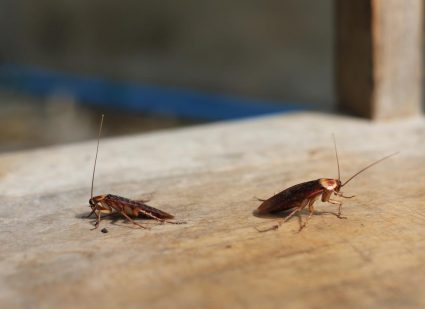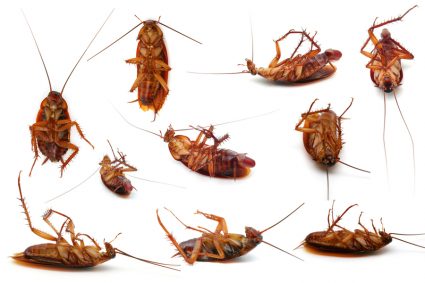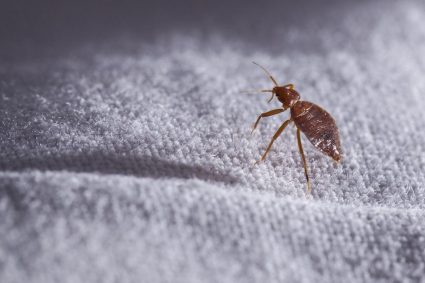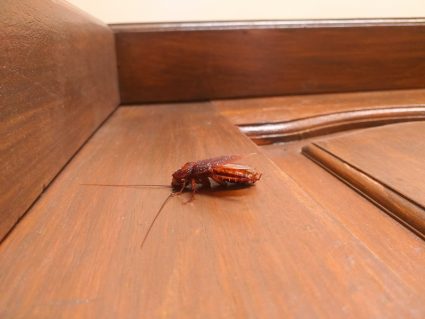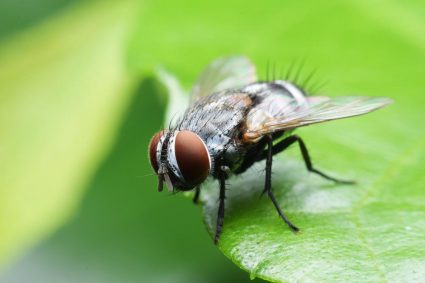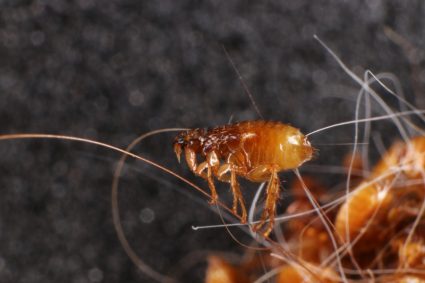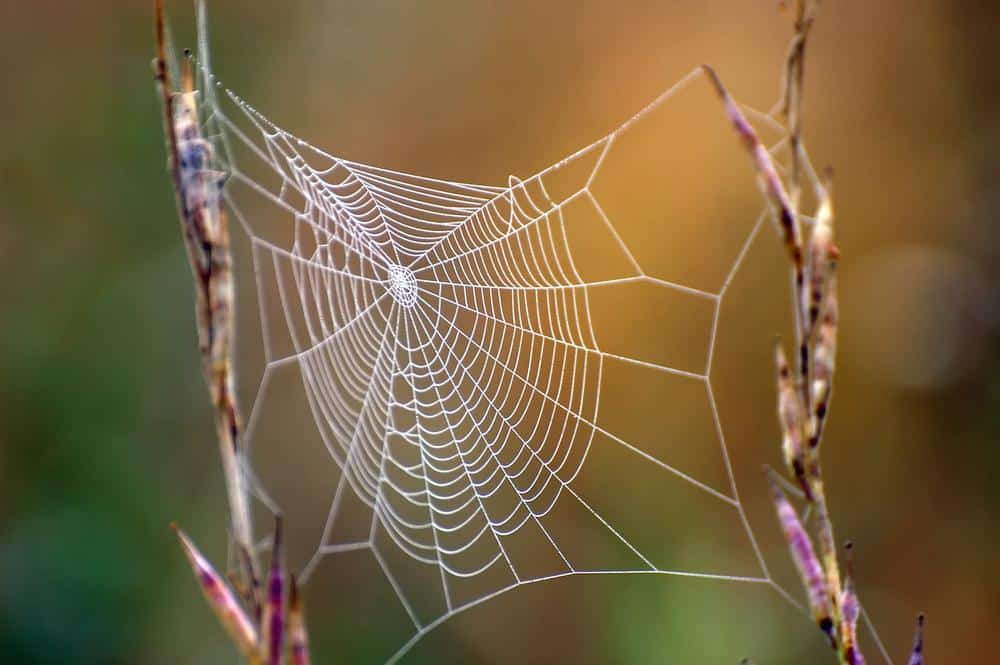
Huntsman spiders, known for their impressive size and speed, are a common sight in many parts of the world. Despite their intimidating appearance, these spiders are generally harmless to humans. That being said, a bite from a Huntsman spider, while rare, can cause discomfort and concern. This article aims to provide an all-in-one guide to understanding what a Huntsman spider bite looks like and what to do if you are bitten.
A Huntsman spider bite typically looks like two puncture wounds a few millimeters apart, though sometimes only one may be visible. The area around the bite can be slightly inflamed and may bleed a little. Symptoms usually include short-term pain, swelling, itchiness, and inflammation. Despite their intimidating appearance, Huntsman spiders are generally harmless to humans and their bites are not typically dangerous.
What Does a Huntsman Spider Bite Look Like?
A Huntsman spider bite typically presents as two puncture wounds a few millimeters apart. In some cases, there might be only one visible wound, either because the wounds are too close to be told apart or because only one fang punctured the skin. The area around the bite might be slightly inflamed, and there might be a little bleeding.
What Are The Symptoms of a Huntsman Spider Bite?
The primary effects of a Huntsman spider bite are short-term pain, swelling, itchiness, and inflammation. Some individuals might also experience nausea or headaches. The most significant symptoms are often caused by the bite itself, rather than the venom. Huntsman venom is not very effective on humans. In a study examining 168 huntsman bites, it was found that while the actual bite of a huntsman is more painful than the average spider, the effects of their venom on the victim is generally far less than average.
In rare cases, Huntsman spider bites have been known to cause allergic reactions. However, this is quite rare, and it’s always worth keeping an eye on any sting or bite victim for signs of an anaphylactic reaction.
How To Treat a Huntsman Spider Bite
First aid for a Huntsman spider bite is relatively simple. Once you’ve dealt with the spider (so it doesn’t bite anyone else), wash the bite clean, and then apply an ice-pack or cold-pack to ease swelling and lessen the pain.
It’s important to note that Huntsman spiders are not typically aggressive towards humans and will only bite in self-defense. They are known for their fast, agile movements, which allow them to escape from danger quickly.
Common Misconceptions About Huntsman Spider Bites
There are a few misconceptions about Huntsman spider bites that need to be cleared up:
- Huntsman spider bites are dangerous to humans: While Huntsman spiders are venomous, their venom is generally not considered a significant threat to human health. Most bites result in mild discomfort localized to the bite site, with symptoms such as short-term pain, swelling, itchiness, and inflammation. In some cases, nausea or headaches may occur, but these effects are usually not severe.
- Huntsman spider bites cause severe allergic reactions: Although it is possible for some individuals to have an allergic reaction to a Huntsman spider bite, such cases are quite rare. A study in 2003 examining 168 Huntsman bites did not report a single case of anaphylaxis.
- Huntsman spiders are aggressive towards humans: Huntsman spiders are not typically aggressive towards humans and prefer to hide. They are more likely to run away than attack unless provoked or when protecting their young.
How To Prevent Huntsman Spider Bites
To avoid Huntsman spider bites, you can take several precautions:
- Avoid Provoking the Spider: Huntsman spiders are not typically aggressive and will only bite if they feel threatened or provoked.
- Wear Protective Clothing: When you are gardening or working in outdoor spaces such as woodpiles, it is advisable to wear gloves, long trousers, and shoes.
- Check Your Shoes and Clothing: If you leave your shoes or other clothing items outside, make sure to shake them out before wearing them to ensure no spiders are hiding inside.
Remember, Huntsman spiders are generally harmless to humans and their venom is not potent or harmful to humans, causing only mild symptoms like pain, swelling, and itchiness. They are more likely to run away than attack, unless provoked.
In conclusion, a Huntsman spider bite is typically not dangerous and results in mild, short-term discomfort. However, if you do get bitten, cleaning the wound and applying a cold pack can help alleviate the symptoms. If you notice severe symptoms or have an allergic reaction, seek medical attention immediately.
Frequently Asked Questions
How fast can a Huntsman spider move?
Huntsman spiders are known for their speed and agility. They can move at speeds of up to 1 meter per second.
Where are Huntsman spiders commonly found?
Huntsman spiders are found in many parts of the world, including Australia, New Zealand, Southeast Asia, the Mediterranean, Florida, and Hawaii. They prefer warm climates and are commonly found in woodpiles, gardens, and sometimes homes.
How big can Huntsman spiders get?
Huntsman spiders are known for their size. They can have a leg span of up to 12 inches (30 cm), making them one of the largest spiders by leg span.
How long does the pain from a Huntsman spider bite last?
The pain from a Huntsman spider bite typically lasts for a few hours. However, the duration can vary depending on the individual’s reaction to the bite.
Do Huntsman spiders spin webs?
No, Huntsman spiders do not spin webs. They are part of the family Sparassidae, which are known as “running spiders”. They hunt their prey by chasing it down rather than catching it in a web.


